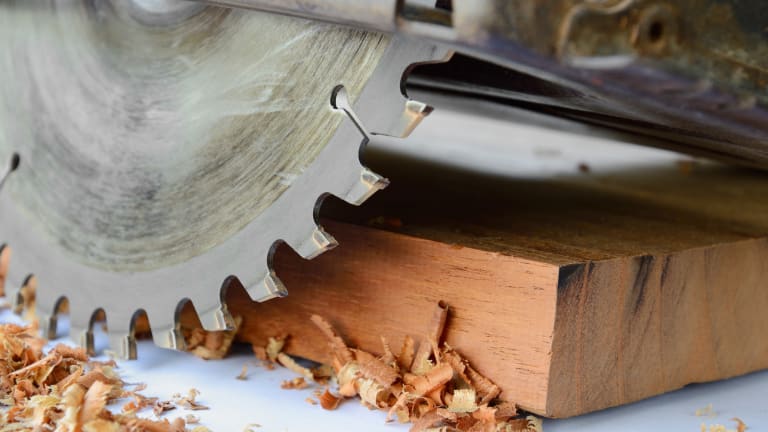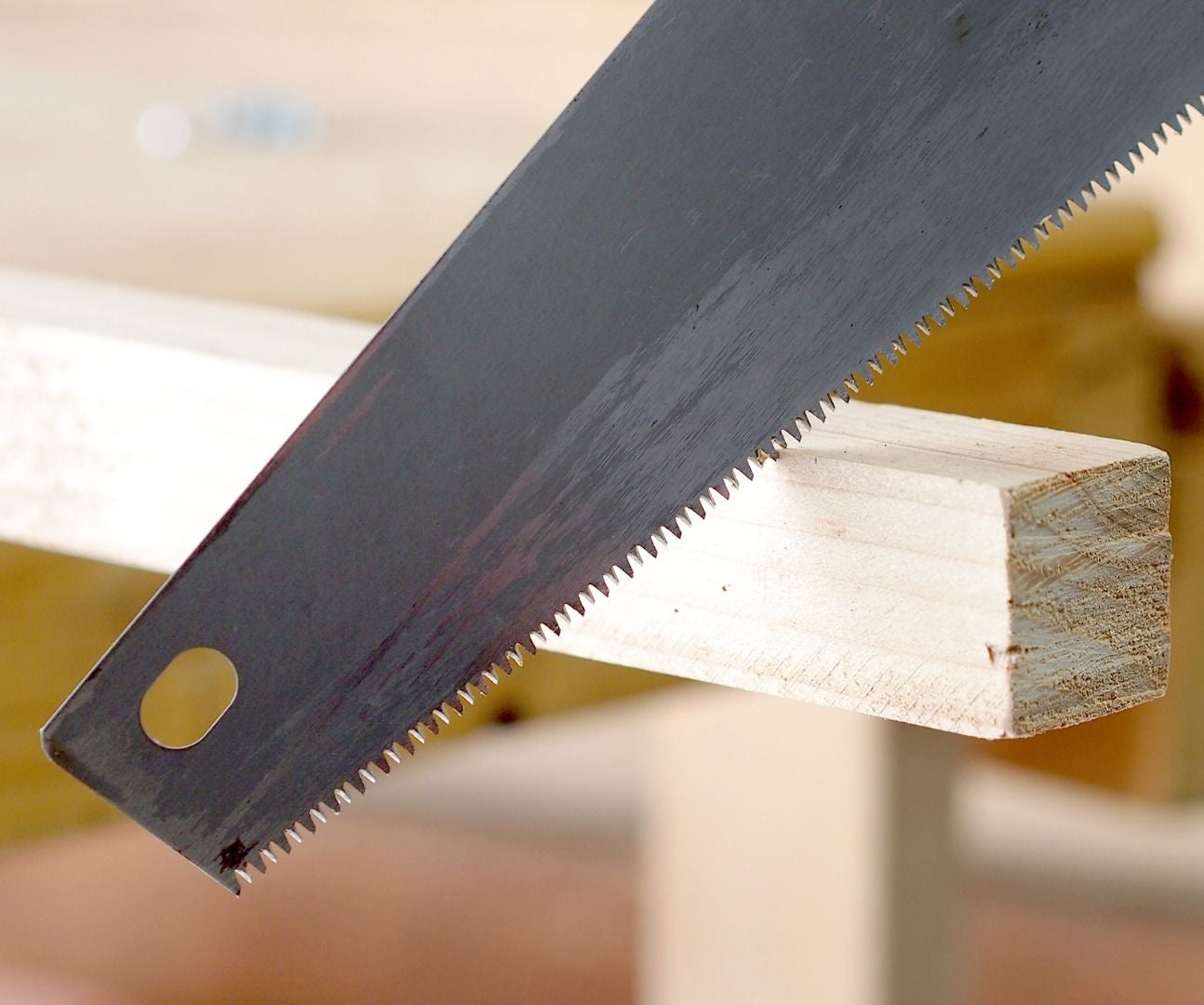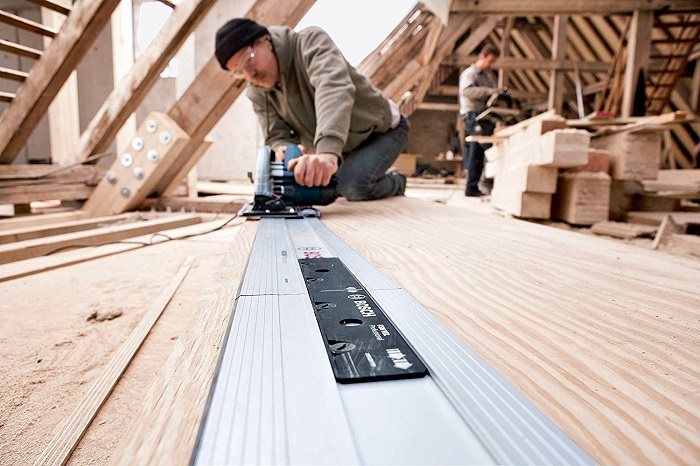A track saw is a hand-held saw in the circular category that features a guide rail that it slides on when in operation. Alternatively, it can be referred to as a plunge, or plunge-cut, saw.
The design provides for high precision in terms of depth, which needn’t be fixed — it’s up to you whether you want to make a plunge cut or even use your track saw to safely cut through thin pieces of wood, such as door frames. Apart from being an accurate tool, this kind of equipment is versatile and portable. That’s why DIY lovers, as well as pro saw users, are looking for the perfect track saw for their needs. Here’s how to make a choice that you won’t regret.
Things to Consider
Today’s track saws come in all shapes and sizes, depending on what exactly you want to do. However, there are essential parameters that every shopper needs to take into account when looking for one that will fit them. These are RPM, bevel capacity, motor power, cord length, track length, blade length, and blade materials.
RPM

RPM stands for revolutions per minute, that is, how quickly the blade rotates. It’s also an indirect indicator of motor power. The rule of thumb here is the more, the better. Yet, RPM does affect the price tag. That’s why some users are just fine with the bare minimum of 2,000 RPM — a number that’s fairly enough for thinner workpieces but might cause difficulty in cutting through thick ones. My recommendation is that you choose a model that delivers 3,000 to 5,000 RPM depending on what you usually cut.
Bevel Capacity
This refers to the cutting angle that the track saw provides for. Apart from the standard 90°, there’s a whole range of angles (normally -1° to 48°) for those who don’t want to spend time fine-tuning the cut manually.
Motor Power
Although RPM partially reveals what’s going on under the hood, you can’t rely on it entirely to assess the durability and cutting potential of your saw. More powerful motors generally serve better, especially when dealing with thick and/or tough workpieces. I usually advise against models rated under 9AMP. Those who have serious intentions regarding their track saws should look for ones with 12 to 13 AMP motors ideally.
Cord Length
I know it sounds unimportant, but cord length does matter. A cord that’s long enough to cover large areas non-stop can save you a ridiculous amount of time. It will also spare you the embarrassing situations where you fail to finish a cut because you don’t have enough cord left. 170 inches is generally the length that eliminates the need for extensions. However, those working on smaller workpieces might be just fine with standard 96-inch models.
Track Length
Tracks differ greatly. How long you want yours to be depends mainly on the length of your average workpiece. Besides, there are modular tracks that make short consequent cuts which merge; these are ideal for crammed spaces. If you can afford it, though, I recommend at least 25 inches.
Blade Length

There are several standard blade sizes. 6 ½ is generally enough to cut through 2 inches of wood, while thicker workpieces might require 8 ¼ inches or more. Those who only deal with shapes up to 1 inch thick will be happy with a miniature blade such as 4 ½ inches.
Blade Material
It’s blade material that defines its strength and sharpening procedure. People who work on solid wood often prefer steel (preferably tempered for durability) as it doesn’t take much effort to sharpen and is budget friendly, unlike carbide — an extremely durable, yet expensive material difficult to sharpen.
Wrapping It Up
When it comes to choosing your perfect track saw, it’s all about what you are going to do and where you are going to do it. Higher cord length, motor power, bevel capacity, and RPM generally mean better performance, while track and blade length depend on the task at hand. Finally, it’s often wise to invest in a durable model with a blade made of quality material.






